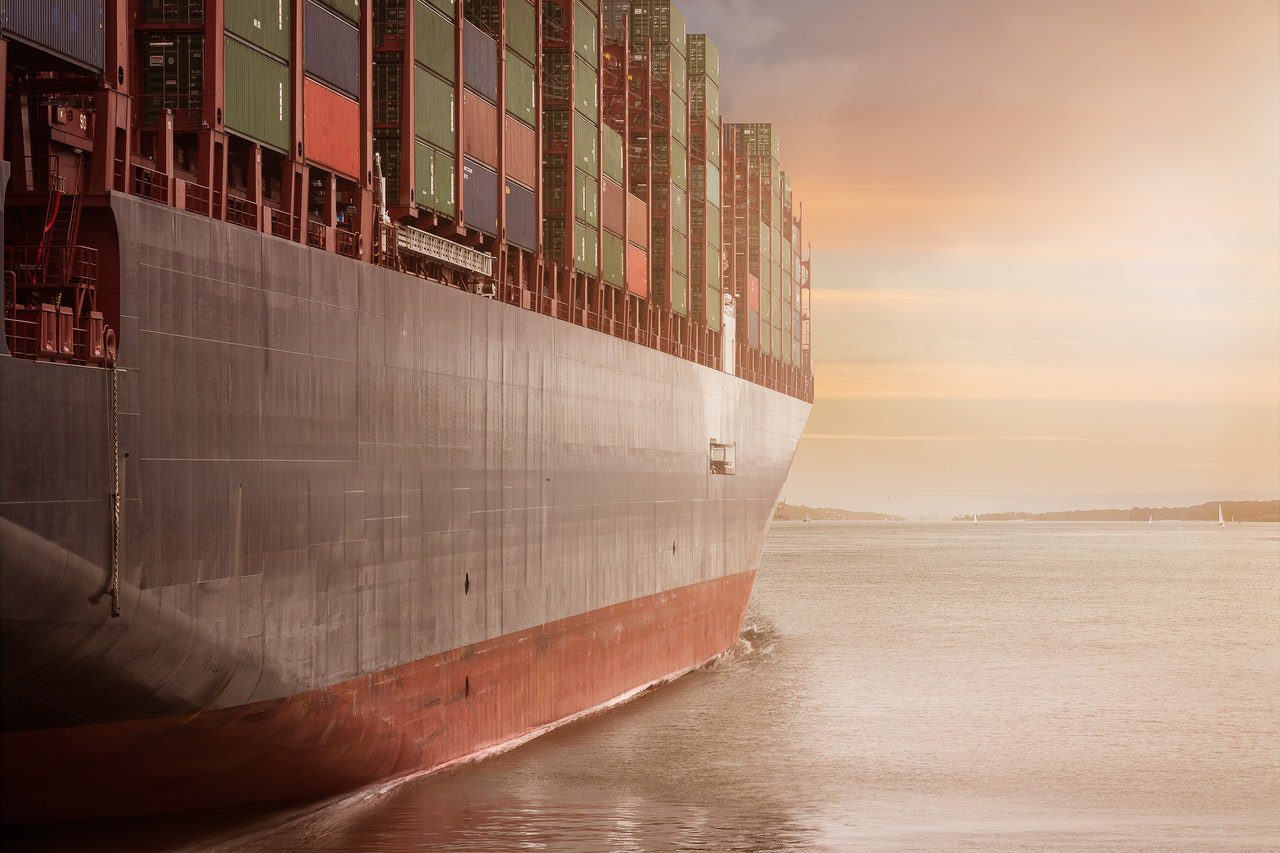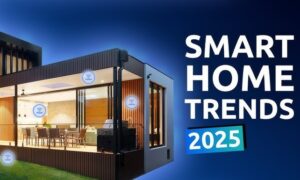Automated freight is a new kind of robotic freight system, in other words, self-driving vehicles. This idea has the potential to revolutionize the freight transport system in the supply chain.
Freight transportation is rapidly evolving. From the dawn of civilization, from human backs to animals to trucks ships, and aircraft. Now is time for automation to take center stage and put TMS software to work.
In terms of trains, every time a train stops there is a significant delay, but automation means that there is no need for a change of crews, the same goes for planes and ships.
Automated freight use a series of safety measures to prevent a collision or other calamities. The TMS software installed in these facilities ensures the safety components.
Safety Components
Collision detection
This is a sensor that helps the vehicle to detect any sort of blockade in the path of the vehicle. This way the vehicle stops immediately when it senses an object closing in. It can also detect human crossing roads and what not
An onboard video camera system
This camera allows the hub to monitor what is going on in real-time. The map on the screen has detailed information about other vehicles, human presence, traffic, etc.
Autonomous Train Protection (ITP)
This helps the train to follow the rules explicitly provided by the control station. With the help of TMS software, it avoids any sort of irregularities.
As the trade market expands borders, supply chain management requires high efficiency to meet customer demand. There is a project for automated trucks to move throughout the world using TMS software. This project is a 5 stage process. So far it has completed stage two of the five. The stages are:
Stage – 01: Driver assistance
- Emergency braking system
- Adaptive cruise control
- Lane keep assist
- Driver assisted truck platoon
Stage – 02: Partial automation
- Traffic jam/ construction site assist
- Highway assist
- Predictive powertrain control
- Lane change assist including right turning
- Intelligent parking assist system
Stage – 03: Conditional automation
- Platooning
- Real-time communication between trucks via V2V/ DSRC
- Highway pilot driver
Stage – 04: High automation
- Highway Pilot – no driver responsibility
Stage – 05: Full automation
- Truck pilot
Automated freights are in the present time mostly based on trains, there is no project including aircraft or ships. There are projects on self-driving cars with TMS software installed but mainly automated freights are trains, for the time being.
There is a great need for the freight industry to get revolutionized, but the human connection to this industry is vital. Though robots are very handy some human connections cannot be overlooked.
Conclusion
The field of automated cargo is as yet being developed. Bringing independent vehicles, particularly out and about, stays a tremendous test for organizations. For robotized cargo to arrive at its maximum capacity, governments and the public should be prepared for standard use, and guidelines should address information protection and security concerns.
Author Bio: I’m Jaylin: Guest post service planner of Leelija and full time blogger. Favourite things include my camera, traveling,caring my fitness, food and my fashion. Email id: editor@leelija.com



































